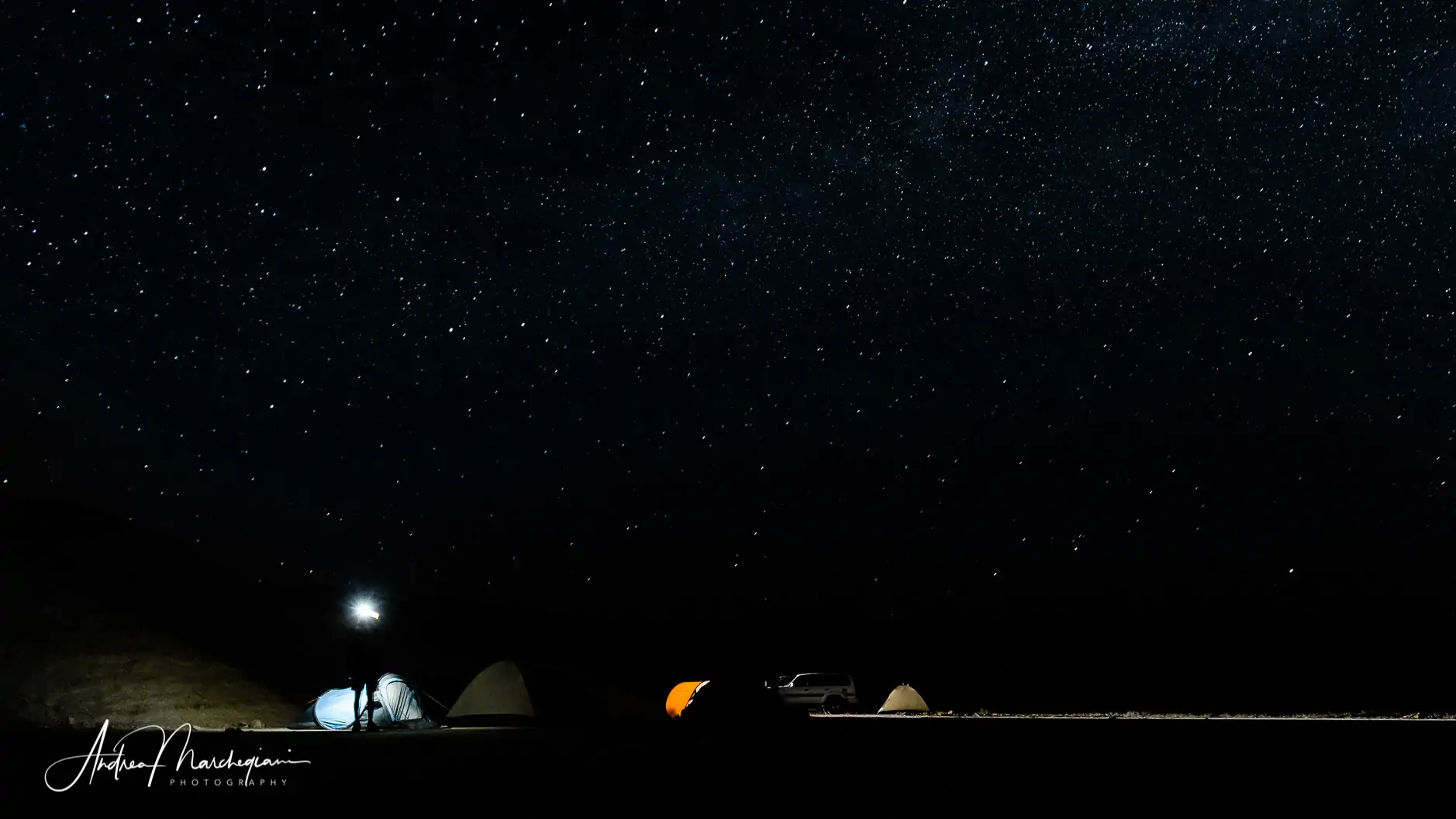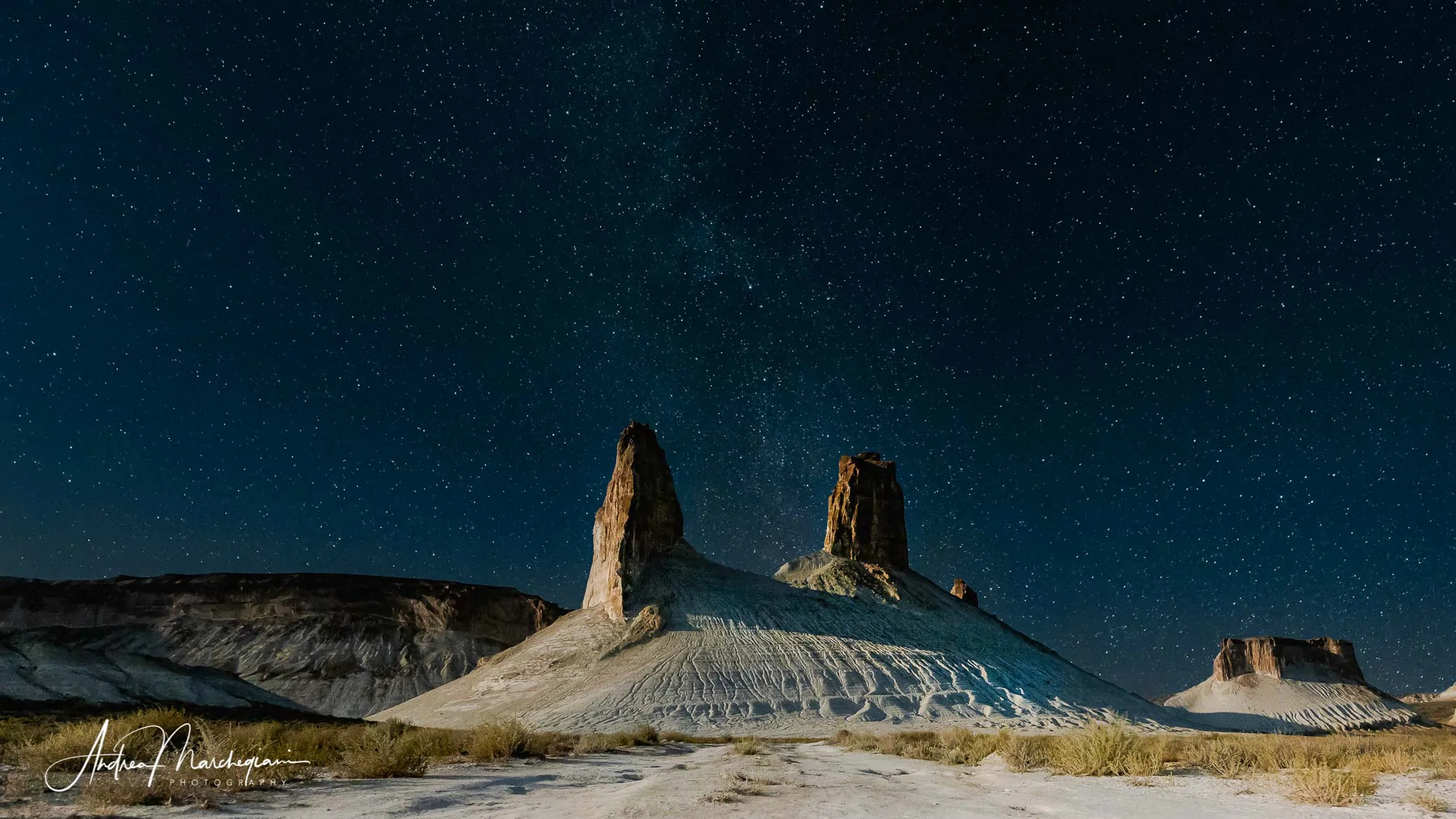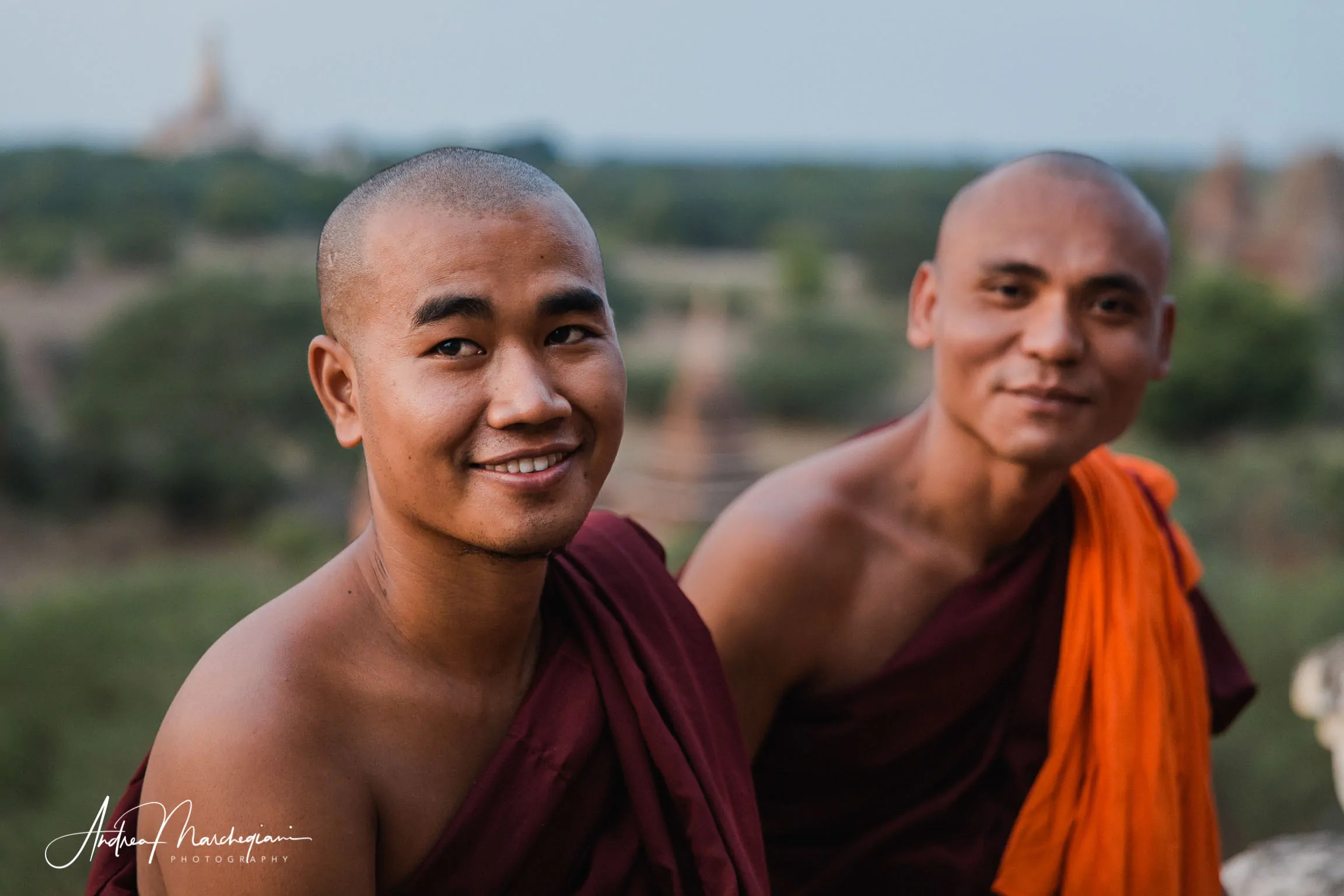
- Home
- Photo Galleries
- Portrait Photography
- Landscape Photography
- Street Photography
- China
- Ethiopia
- India
- Holy Ganges
- Varanasi
- Varanasi Ganga Aarti
- Varanasi, Manikarnika Ghat
- Varanasi Streets & Alleys
- Varanasi Demolition
- Varanasi Fruit Market
- Sarnath
- Brick Kilns
- Tamil Nadu, Chennai & Mamallapuram
- Tamil Nadu, Fort Tirumayam & Madurai
- Tamil Nadu, Tiruvannamalai & Thanjavur
- Kerala, Munnar
- Kerala, Peryiar
- Kerala, Backwaters
- Kerala, Kochi
- Kazakhstan
- Myanmar
- Senegal
- Uzbekistan
- Travel Blog
- China
- Ethiopia
- India
- Tamil Nadu & Kerala
- Varanasi
- Whato to do in Varanasi
- Varanasi Life along the Ghats
- Varanasi Death along the Ghats
- Varanasi Ganga Aarti Ceremony
- Varanasi demolished to honor Shiva
- Varanasi Fruit Market
- “Varanasi, A Journey into the Infinite”
- Sarnath
- All about River Ganges
- Holy Shit. All about Indian Cow Dung
- Clean India Project
- Brick factories
- Tilaka, pundra, bindi: what is the mark on Indian foreheads?
- Kazakhstan
- Mongolia
- Ulaanbaatar, the coldest capital in the world
- What to do in Ulaanbaatar
- Chinggis Khan Museum, 6 floors of Mongolian history
- Gorkhi-Terelj National Park and Bodgkhan Natural Reserve
- Altai Mountains, Things to do in Olgii and Sagsai
- Living with the Eagle Hunters
- Sagsai Eagle Festival
- Navrus Festival
- Xöömej, Mongolian throat singing
- Mongolian Food
- Myanmar
- Senegal
- Uzbekistan
- Latest Posts
- Photography Blog
- About
- Prints
In Mangystau desert, Kazakhstan, it is easier to come across a camel or a scorpion than another human being. Nature reigns supreme.
Share with your friends:

Travel through Mangystau desert
When I go off the beaten track, I like to share the road with friends. This time I’ll go with Giulia and we’ll discuss what steps should be included. We will dedicate the first week to exploring Mangystau, a desert region of Kazakhstan. Then we will take a night train that will take us across the Uzbekistan border. From there, we will retrace part of the ancient Silk Road.
“Place names are unpronounceable, but the local guide seems really good. Of course there are no toilets. Let’s bring a lighter to burn the toilet paper. You’ll see, we’ll have a great time!”
Giulia’s voice is full of enthusiasm, like mine. We’ve never traveled together, and I’ll soon find out that she easily gets into trouble. Things suddenly go wrong when she least expects it: she may ask a police officer for an indication and ends up almost getting us arrested. She may accept the help of a guard in a madrasa and involves us in a corruption case. But let’s start from the beginning…
Mangystau, only 1,000 tourists a year
The Mangystau extends for about 400 km between the coasts of the Caspian Sea and the border with Uzbekistan. It has a very low population density, about 2 inhabitants per km². Kazakhstan is a sparsely populated country and Mangystau is its most uninhabited region. It is easier to come across a camel or a scorpion than another human being.
We land in Aktau, the capital of the Mangystau region. Mass tourism has not yet arrived here – there are only 1,000 tourists a year – and there are no accommodation facilities or services whatsoever.
Sergey Khachatryan, the local guide, smiles at us and shakes our hand, then takes us in his dusty jeep. We’re headed for the middle of nowhere. For 5 days, beyond our windows, we will have wastelands and massive rocks in amazing colors.
The landscape, which alternates large desert spaces with boundless steppe grasslands, will offer us post-apocalyptic scenarios at the borders of civilization.

A brief stop in Taushik
The sun is not yet high in the sky. We stop near Tauchik, a small village where we will refuel. Four unpretentious houses frame the street.
The gas station is by far the most refined and curated construction within miles! All around, small farms and houses with modest private courtyards. I sneak into one of these, almost afraid to invade the intimacy of the place.
Some children see me and greet me. They approach, showing me their treasures: one holds a large bunch of pens, tied with an elastic band; another holds a cat a few weeks old. It’s like they want to share with me the joy of what they have. “Wow! That’s beautiful!” I exclaim. Their merry faces convince me that they really show me the pirate’s loot.
In the distance, I see a lady walking by. “She found out about me,” I think. “I walked into her house uninvited. At the very least, she’s gonna send me away.”
I’m about to raise my hands in surrender, when she gestures to me. She smiles. She opens the gate of a fence and invites me to enter. Inside there is a small camel. She wants me to take a picture. She caresses the animal tenderly. As her children did before, this lady welcomes me as a member of the family and shows me what she is proud of. We spend a few minutes together. Almost stunned by so much hospitality, I smile and greet like a baby myself.
I go back to the jeep. I try to imagine a Kazakh tourist entering a courtyard of a private house in Rome. Would he receive the same reception?

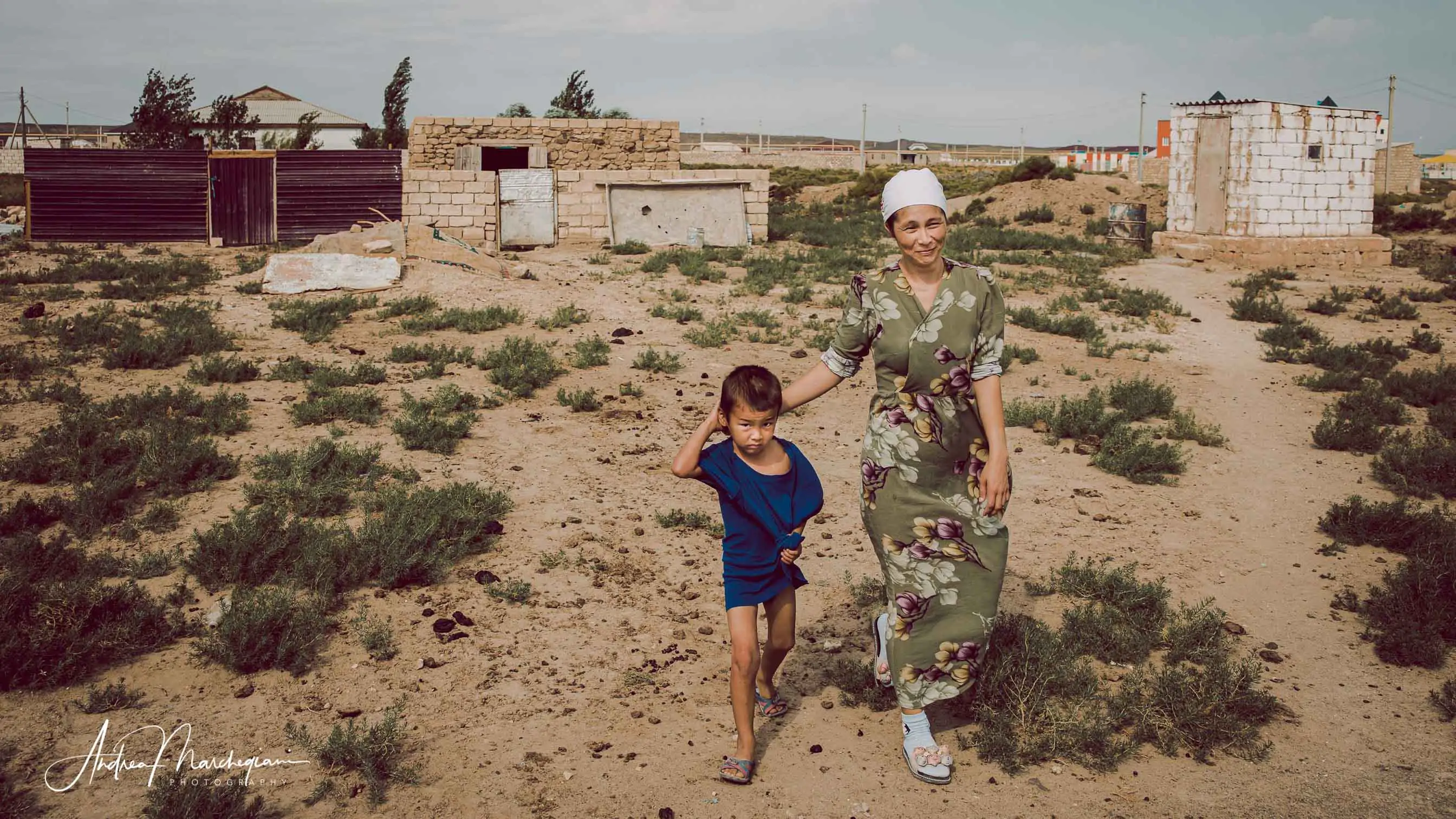

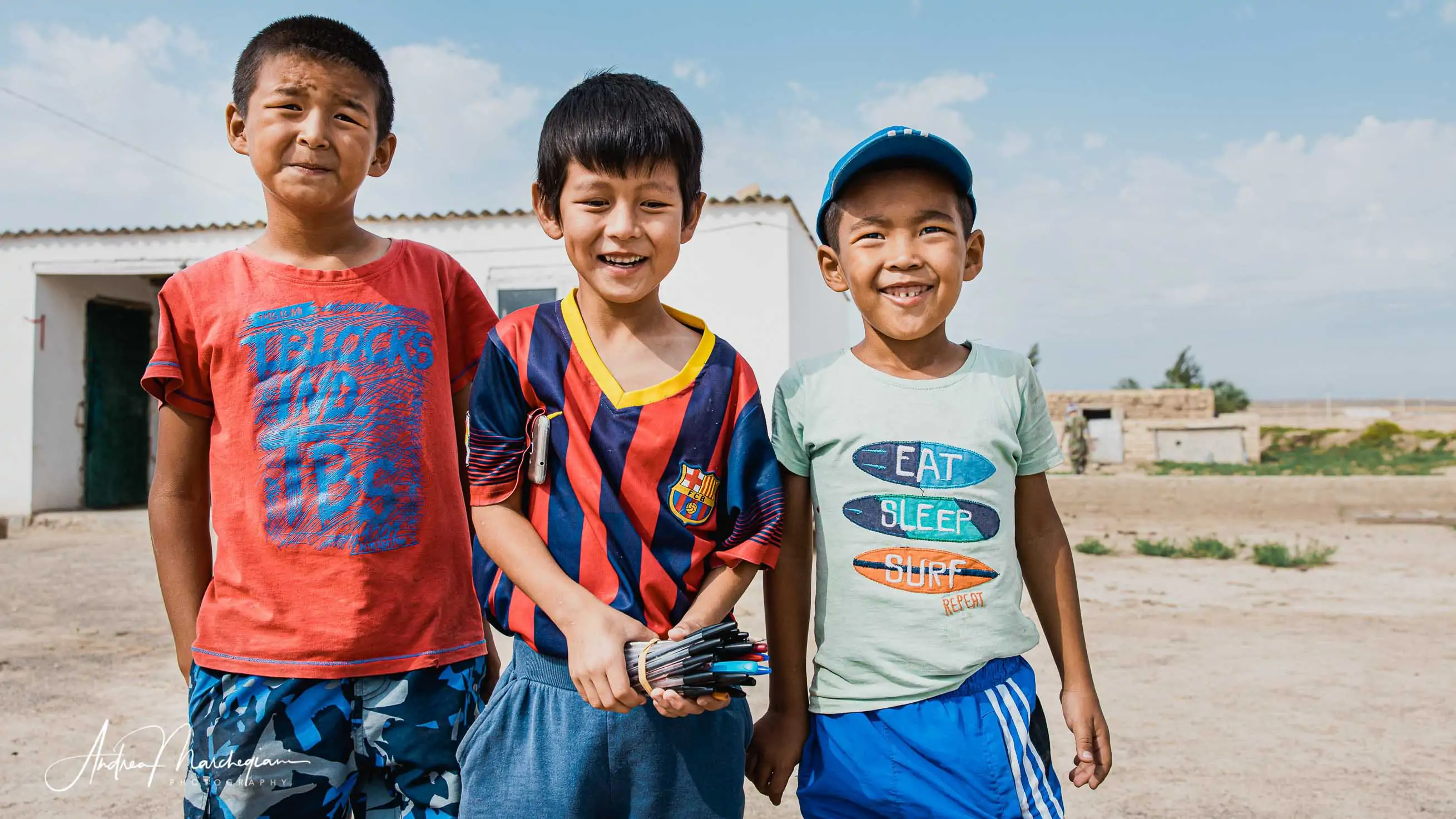
Shakpoaktysay Canyon
The first site we reach is Shakpoaktysay Canyon, a blinding expanse of sharp rocks overlooking the Caspian Sea.
We walk along dirt paths and Sergey indicates us rocky formations looking like animals or ships. “I call this guy Titanic!” he says, giggling. “Look, he’s sinking!”. To us it actually looks like a big iron, but we don’t have the courage to dismantle his enthusiasm.
Later on, he shows us marine fossils and tracks left by animals that lived here hundreds of millions of years ago.
I am struck by the vastness of these spaces. There’s nothing between me and the horizon, in any direction. A great single cloud decorates the sky. I take a photo with a wide angle. From the monitor of my camera, I feel like I’m looking at a plastic toy size. It’s difficult for a photo to convey the perception of such vast quantities. We are tiny ants that give themselves too much importance, I think. We stand in front of an ancient, immortal scenario, which nothing cares about human courses and appeals.


“Are you a photographer?” Sergey asks me in his basic English. “Stay close to me. I’ll show you the best places to shoot!” I’ve only just met him and I already love him.
In the days to come, I will find that he has arranged our stops in a crescendo of wonder. He is now giving us a chance to familiarize ourselves with the vastness of the spaces, but he will soon show us the incredible shapes of the rocky massifs of Ayrakty-Shomanay, called “the valley of the Castles”, and the funny Toryish Balls… finally he will surprise us with the yummy colors of Tiramisu Mountain (so Sergey himself named it) and with the dizzying canyons of Bozzhira, which almost make me faint.
Our jeep starts again, raising clouds of dust that obscure the sunny sky. We pass a solitary camel walking by the roadside.
“Look! They have plates hanging around their necks, like they’re cars!”, I chuckle.

Kapamsay canyon
We finally get to Kapamsay Canyon, where we’re going to pitch our tents tonight. Here once flowed a river, which then dried up. In its place, there is now a narrow and deep gorge, carved into the siliceous rock. It is white, dazzling. Rocks are often collected and used to purify water, something that fortunately we do not need. We have an abundant supply of bottled water. But it is purified water, almost devoid of mineral salts. Good thing I brought a stash of Polase!
Sergey and Aset, his personal interpreter, tell us the legend of Kapam, the warrior king who ruled these lands about 5 centuries ago. His power was great and his heart was pure. His subjects loved him, admired him, but his rivals envied him so much that they plotted to destroy him. Hearing from his wife that his heel was his weak point, the enemies ambushed him while he was performing religious rites and cut his heel. Kapam, seriously wounded and dying, took off and miraculously managed to get to the other side of the canyon gorge. His body was never found, and the locals believe that his spirit still lingers along the gorges of Kapamsay Canyon to protect those who cross it.

Sleeping in tents in the Mangystau desert
We set up tents and wait for dinner to be served. We are immediately back to the bad habits of modern life. Fingers fall mechanically on smartphones. Fortunately there is no cell phone coverage: we get rid of them quickly, without regrets. In the same way, we adapt to the lack of services. Every rock half a meter high becomes an open-air toilet.
A frugal and unpretentious meal is served, cooked on a field stove. I try to take the lack of food as an opportunity to get on a diet, but the sight of baby portions saddens me. It will be like this all the way and, alas, I will not be able to stop complaining about it.
“Andrea, how can you say that we are eating little?” Giulia scolds me from time to time. I’ll have her know that I’m almost six inches taller than her and I weigh 30 pounds more. The portions we receive should take this into account while providing us with exactly the same amount of food. At that point, I see her shrug and I understand that the subject is closed.
It’s night now. I slip into the tent and lie down in the sleeping bag, but first I fill my belly with stars. The skies are never dark here. They shine with so many, so many lights. They fill me with happiness.
